With the release of Gensler’s ‘RESILIENT: Design Strategies for the Human Experience’, Sarah Bader shares three indispensable pieces of advice.

February 16th, 2022
After almost two years of pandemic infused starts and stops, we are witnessing an unprecedented transition in our work environment.
Our offices are now no longer the only destination for work but one of the many options we have in the new workplace ecosystem. This new ecosystem focuses on providing a variety of experiences that support the whole person creating environments that are inclusive, equitable and engaging.
With multiple channels to connect and engage, the challenge for the workplace of the future is to create a consistent and branded experience that is customised, flexible and frictionless. To foster connection with employees, all aspects of the experience must embed purpose and meaning unique to the company culture.
Our clients are asking for technological integration of app based occupancy and team planning; and value single platform integration of all aspects of the connected work experience to support the new hybrid workplace.
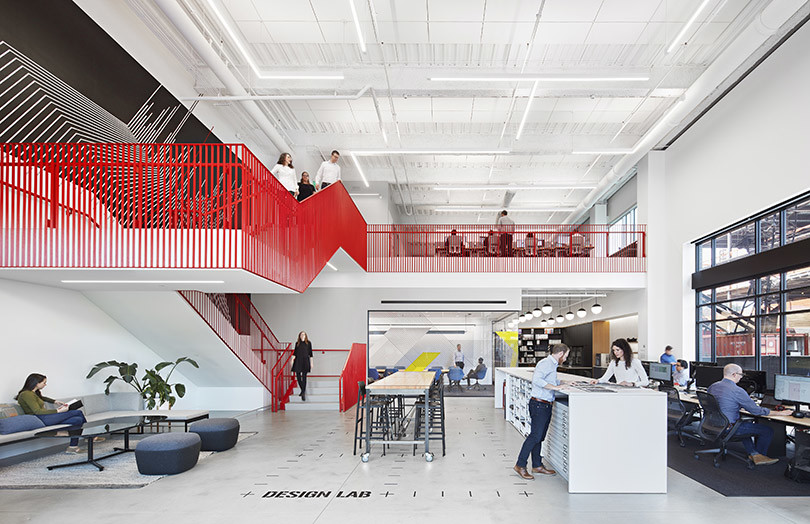
1. Make it flexible but build brand and purpose into every aspect of the work experience – from virtual to physical.
Managing the uncertainty of the past two years has required leaders to focus on building and maintaining the trust of their staff with an emphasis on transparency. This new priority is reflected in work environments focused on agile work styles that support universal access and accessibility.
From work in-progress and recently completed projects, our designs include user configurable environments with transparent enclosed areas that give employees flexibility and visual access to everyone in the organisation.

2. Space speaks: make sure there is a clear message focused on transparency and accessibility.
Wellness is a personal definition based on context. It is important for organisations to find new ways to support their staff, whether that’s with new types of amenities at the workplace or by proving to staff the space and time they need to rest and spend time with their families, eat healthy or exercise.
Building areas of respite, creating varied work settings to accommodate the diversity of needs and preferences, and including the outdoors where possible as a potential workspace are only some of the design solutions we have partnered with our clients on.

3. Wellbeing matters: make choices both large and small that actively support the health and wellbeing of all employees.
Everything matters – embedding purpose, building a transparent culture and supporting the wellbeing of all employees are only some of the demands on the new hybrid workspace. Employers should also focus on building personal and professional relationships for mental wellbeing.

This is an opportunity to rethink the physical workplace to offer a unique and fulfilling experience that can attract people, whether that’s through new technologies or new types of spaces.
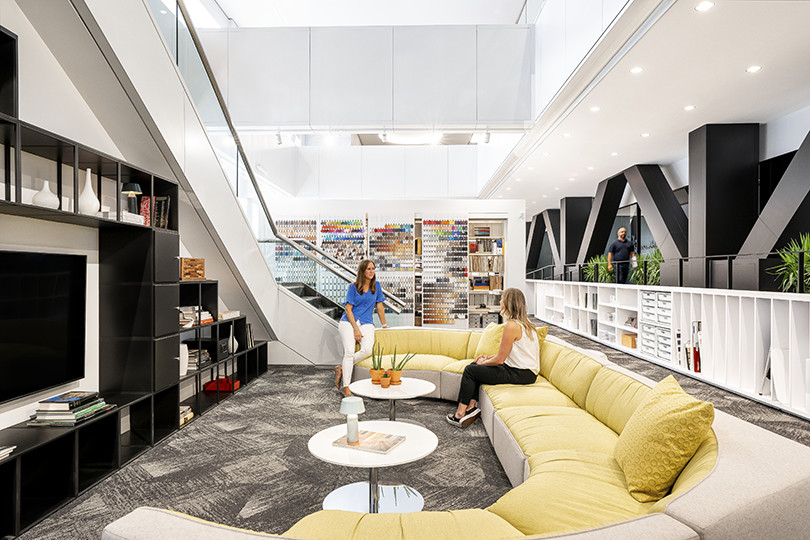
Sarah Bader is principal and managing director of Gensler Tokyo. Her article coincides with the release of Gensler’s 2022 Design Forecast, entitled ‘RESILIENT: Design Strategies for the Human Experience’.
Gensler
gensler.com
Photography
Courtesy of Gensler
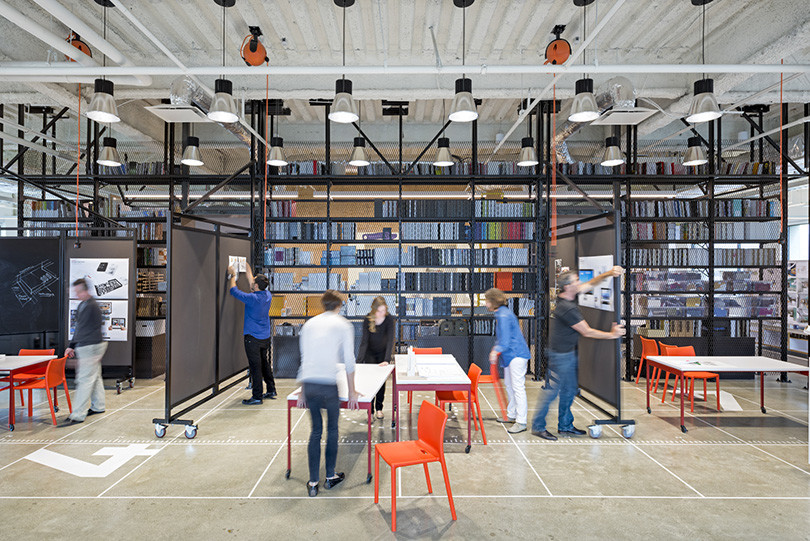
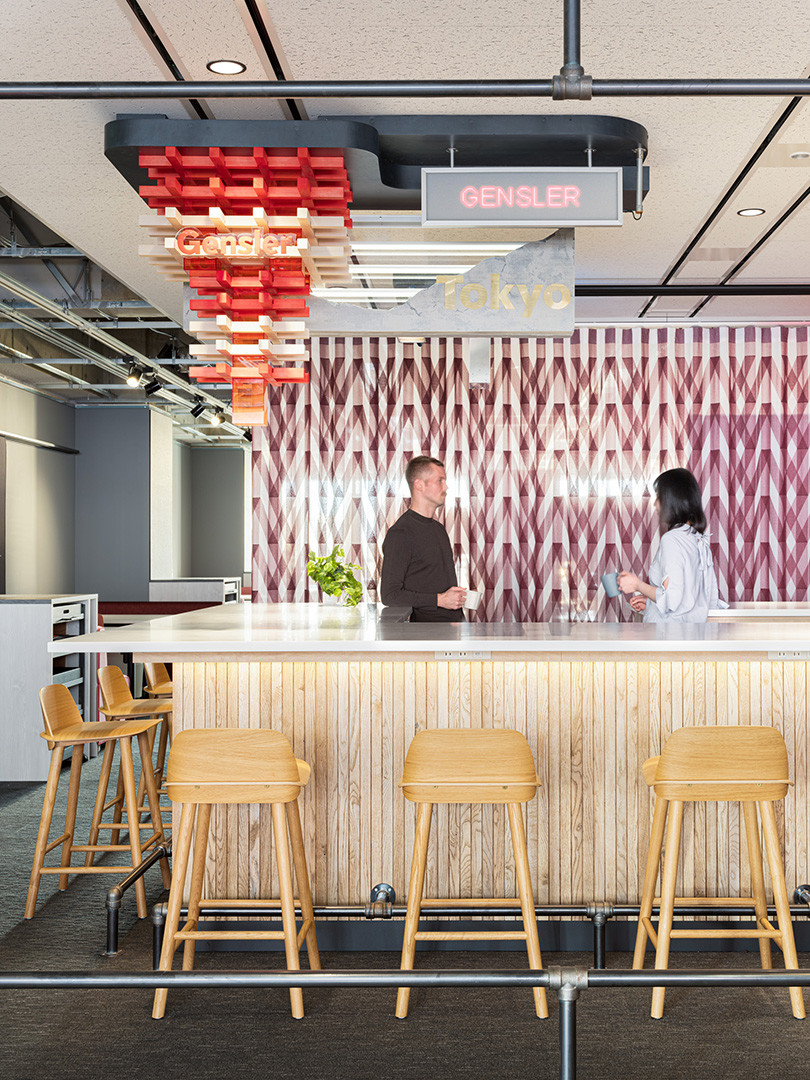

We think you might like this article on the future of work with SLAB and Herman Miller.
INDESIGN is on instagram
Follow @indesignlive
A searchable and comprehensive guide for specifying leading products and their suppliers
Keep up to date with the latest and greatest from our industry BFF's!

Merging two hotel identities in one landmark development, Hotel Indigo and Holiday Inn Little Collins capture the spirit of Melbourne through Buchan’s narrative-driven design – elevated by GROHE’s signature craftsmanship.

London-based design duo Raw Edges have joined forces with Established & Sons and Tongue & Groove to introduce Wall to Wall – a hand-stained, “living collection” that transforms parquet flooring into a canvas of colour, pattern, and possibility.

Sydney’s newest design concept store, HOW WE LIVE, explores the overlap between home and workplace – with a Surry Hills pop-up from Friday 28th November.
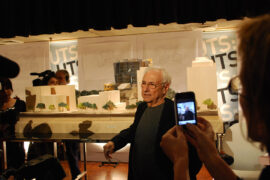
We republish an article in memory of the late architect by UTS, whose Dr Chau Chak Wing Building was Gehry’s first built project in Australia. The internationally revered architect passed away on 5th December.
The internet never sleeps! Here's the stuff you might have missed
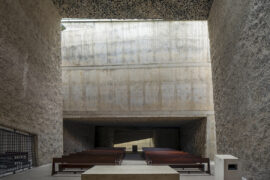
The World Architecture Festival has named The Holy Redeemer Church and Community Centre of Las Chumberas in La Laguna, Spain as World Building of the Year 2025, alongside major winners in interiors, future projects and landscape.
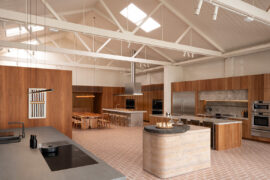
The Fisher and Paykel Melbourne Experience Centre by Clare Cousins Architects with Fisher and Paykel Design and Alt Group has been awarded The Retail Space at the INDE.Awards 2025. As a winning project, it redefines the possibilities of retail architecture by creating an immersive, material rich environment shaped by place, culture and craft.